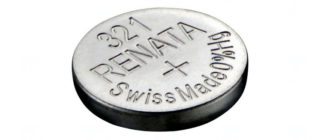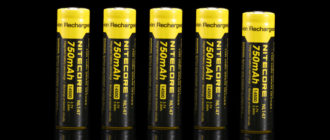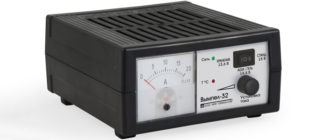The answer will be immediately: no. There are a number of reasons for this. Notebook power supplies that charge laptop batteries charge different voltages. Their voltage range is 12 volts, 15 volts, 19 volts, 24 volts and 27 volts. Charging currents start at 3 Amperes or higher.
Why can’t I charge my laptop with phone charging?
Charging power will also be different. The charging current of the laptop battery and the charging voltage depends on the power of the battery itself, on the number of cells. The more powerful the battery, the higher the charging current and the higher the charging voltage.
The chargers of smartphones, cell phones, tablet computers have a charging voltage of 5 volts. And the charging current rarely reaches 1 ampere.
From here you can calculate the power of the chargers. Power is calculated by the formula P = U * Y, Where:
- P - power expressed in watts (watts)
- Y - current, expressed in Amperes (A)
- U - voltage, expressed in Volts (V)
It turns out, laptop power supplies have a number of capacities
- P = 12 * 3.5 = 42 W;
- P = 15 * 3.5 = 52.5 W;
- P = 19 * 3.5 = 66.5 W;
- P = 24 * 3.5 = 84 W;
- P = 27 * 3.5 = 94.5 watts.
The charger (charger) of the mobile phone, in the case of a charging current of 1 Ampere, has 5 W, according to the calculations according to the formula.
The power of the laptop power supply exceeds the power of the phone’s charger by 8.4 times. This is the case if the power of the laptop power supplies is 42 watts.
In this case, the current is always higher by 3.5 times. This means that when you try to charge the laptop through the charger from the phone, the charger will go spacing due to exceeding the nominal values several times.
If you use a voltage converter
Even when the laptop is connected to the charger of the phones for charging, through a voltage converter (from 5 Volts to 15 and above voltages), the charging current will be constant. The charging current does not change. Again, the phone’s charger will be overloaded.
There is also the Joule-Lenz law, which is known from the school physics course. The Joule-Lenz law shows direct proportionality (dependence) of the amount of heat (Q) emitted by an electric current conductor when a current passes through it (Y), on the square of the current strength, on the resistance (R) of the conductor itself, and on the current passage time (Y ) on it.
The formula is as follows:
- Q = Y2 * R * t, Where
- Q is the amount of heat expressed in Joules (J)
- Y - current, expressed in Amperes (A)
- R is the resistance of the conductor itself, expressed in ohms (ohms)
- t - time of current flow through the conductor, expressed in seconds (s or sec)
The operation of electric heaters is based on this law. Only electric heaters have a different design, so they reach a certain level of heating, and hold a certain temperature, which is working for them.
Not with a charger. It consists of different parts, elements that have different characteristics, different properties, and are designed for specific loads. When large currents pass, which are several times higher than the rated current, the entire charger is heated, which leads to strong heating following the Joule-Lenz law. And this will lead to a malfunction of the charger.
Based on the above reasons, you can not charge the laptop, at least even a little, using the phone's charger.







